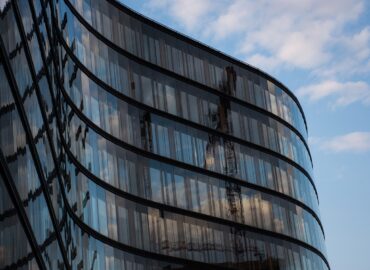Glass Glazing: Enhancing Aesthetics, Energy Efficiency, and Sustainability
Glass glazing is a versatile and integral component in modern architecture, playing a crucial role in shaping the aesthetics, energy efficiency, and sustainability of buildings. This technique involves installing glass panes in windows or doors, providing numerous benefits beyond mere visual appeal. As technology advances and environmental consciousness grows, the significance of glass glazing in construction continues to expand, addressing both aesthetic and practical considerations.
Historical Evolution:
The use of glass in architecture dates back centuries, with its prevalence increasing during the Renaissance and the Gothic period. However, traditional glass was often limited in terms of transparency, insulation, and strength. The industrial revolution paved the way for advancements in glass production, introducing innovations like float glass that significantly improved clarity and quality.
In the mid-20th century, the concept of double glazing emerged, incorporating two panes of glass separated by a layer of air or inert gas. This design aimed to enhance insulation, reduce noise, and improve overall energy efficiency. Over time, technological developments have led to the creation of more sophisticated glazing systems, including triple glazing and low-emissivity coatings, further refining the performance and capabilities of glass in buildings.
Aesthetic Appeal:
Glass glazing is synonymous with elegance and modernity, creating a seamless connection between indoor and outdoor spaces. The transparency of glass allows natural light to flood interiors, reducing the need for artificial lighting and creating a sense of openness. Architects often leverage glass to craft visually stunning facades, transforming buildings into transparent marvels that reflect the surrounding environment.
The versatility of glass is evident in its ability to be customized for various architectural styles. From sleek, minimalist designs to intricate, artistic patterns, glass can be tailored to meet the specific aesthetic preferences of each project. Colored or frosted glass adds an extra layer of design flexibility, enabling architects to play with light and create unique visual effects.

